Corrective Collective
Remediation as Generator for Urban Form
Harvard University, Graduate School of Design
Department of Landscape Architecture
Landscape Architecture VI
Design Studio Thesis
Department of Landscape Architecture
Landscape Architecture VI
Design Studio Thesis
Thesis: John Wray IV
Advisor: Fionn Byrne
Advisor: Fionn Byrne
Description:
Techniques and practices of landscape remediation have most often been conceived as redemptive preparatory work in advance of design. This thesis proposes the exploration of remediation practices as generative and cultural. Corrective Collective imagines the potential for site-specific remediation practices as generators of urban figure and form. The current model for addressing the problems inherent in these sites before redevelopment follows the general remediation process to excavate and relocate contaminants to a permanent location off-site. The highly engineered remediation operations embedded in this often site-less process have the potential to be reevaluated based on the types of functional spaces they can create following the insitu relocation, degradation, containment, or stabilization of contaminants.
Using the case of Pittsburgh’s Lower Strip District, this project seeks to find ways in which the typically mono-functional process of remediation and its engineered operations can be re-conceived as design strategies. These strategies are developed to simultaneously confront the subsurface condition of the site and to set the stage for other social and economic program to unfold, offering the site a new relevance to the city and region. Corrective Collective flips the idea of remediation as an intermediary process between vacancy and development to one that utilizes environmental improvement as a new model for integrated urban development. In so doing, it creates public landscapes as the expression of local cultural history.

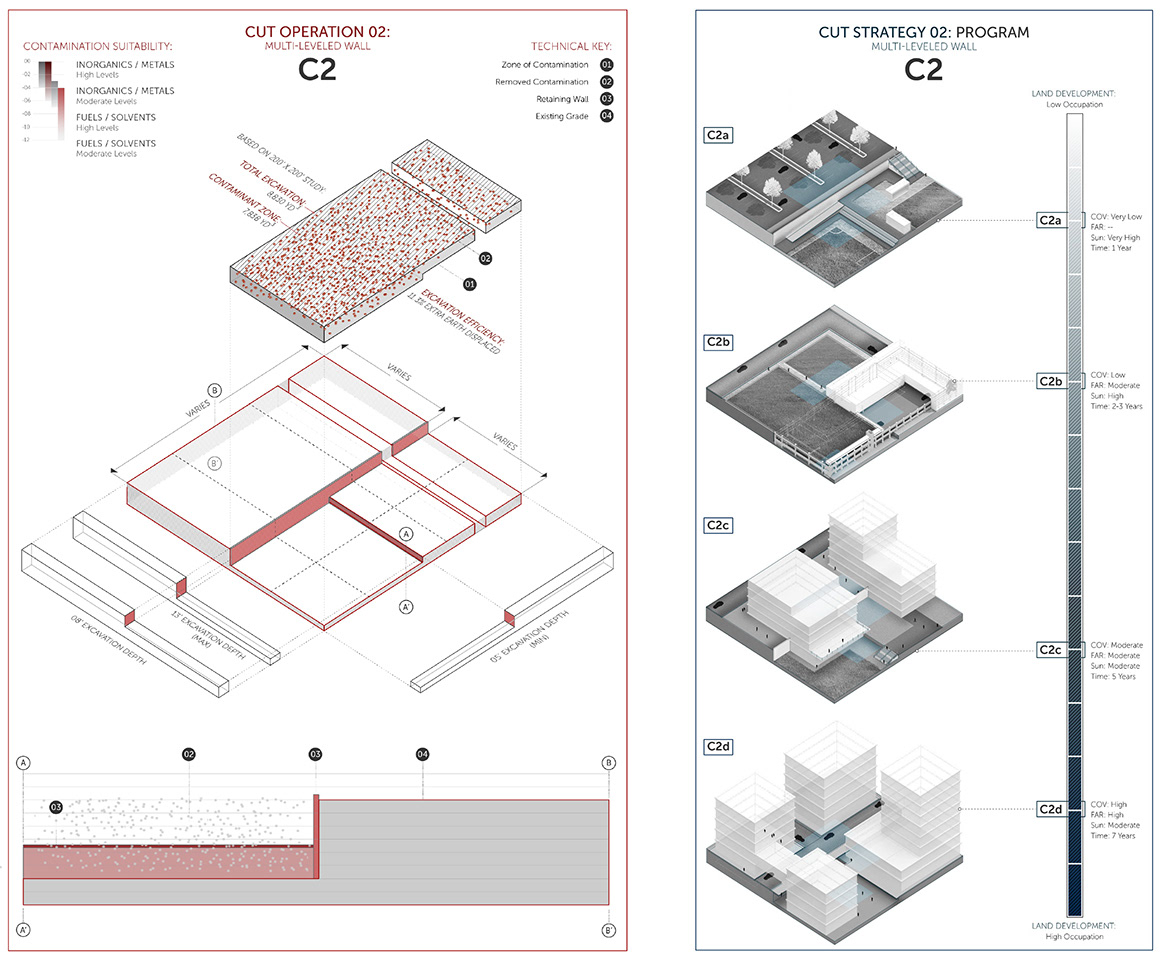
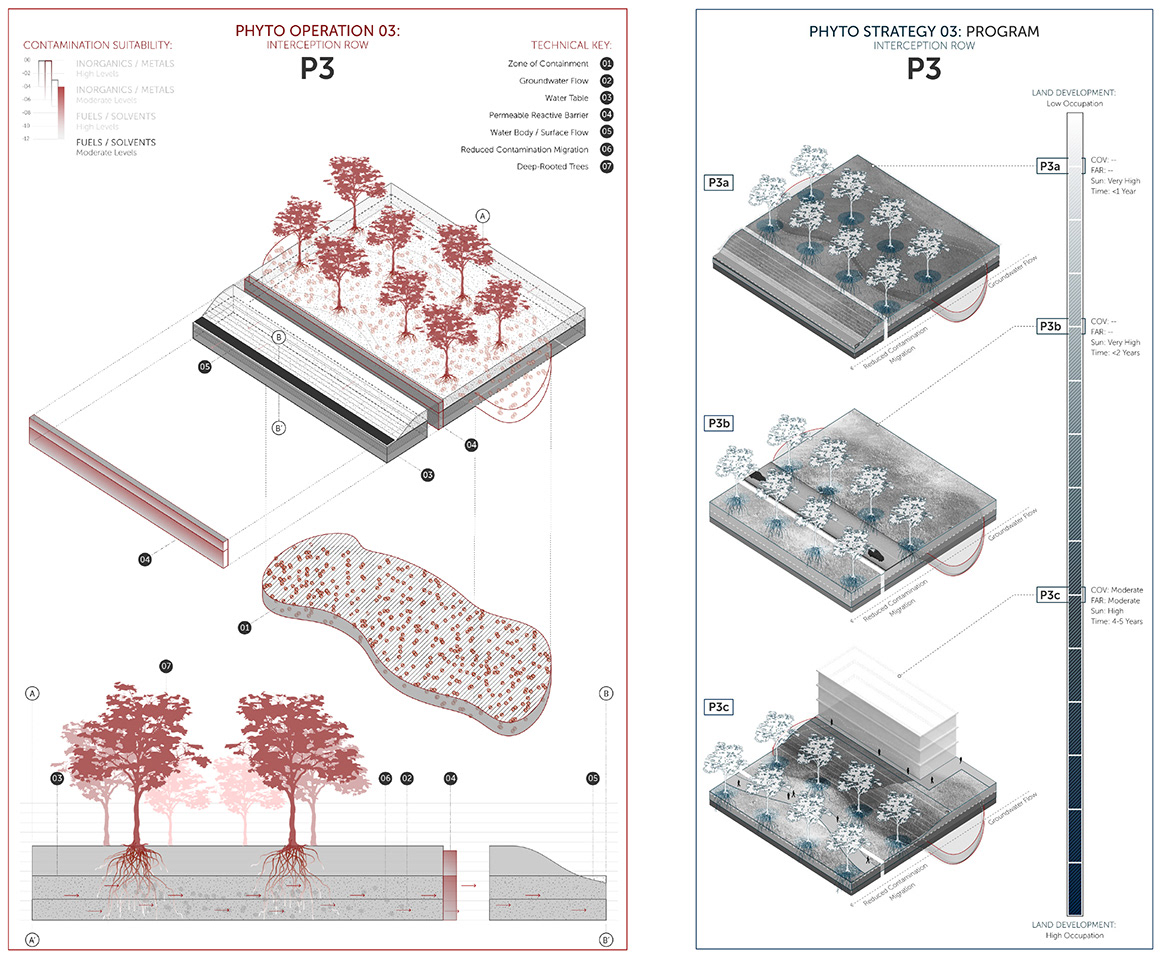
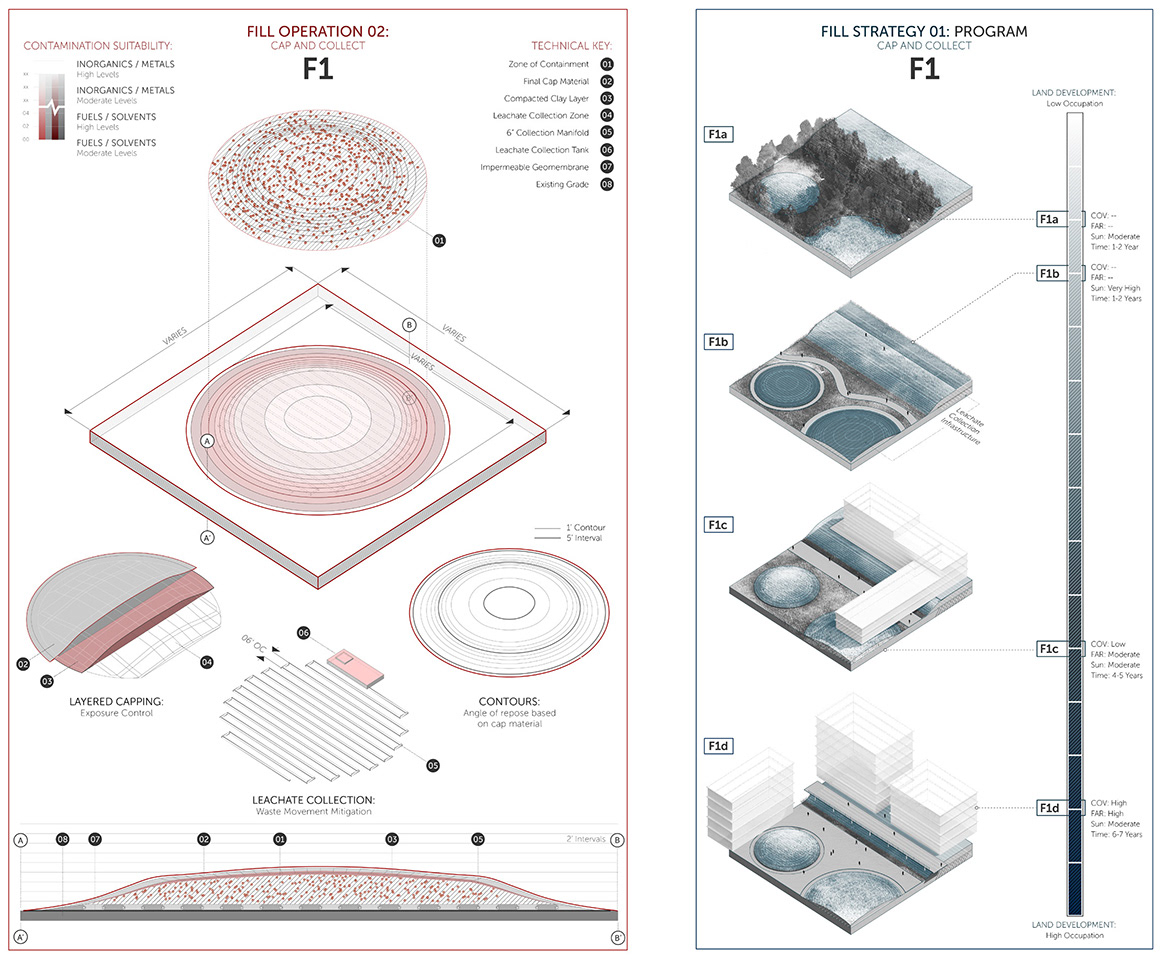

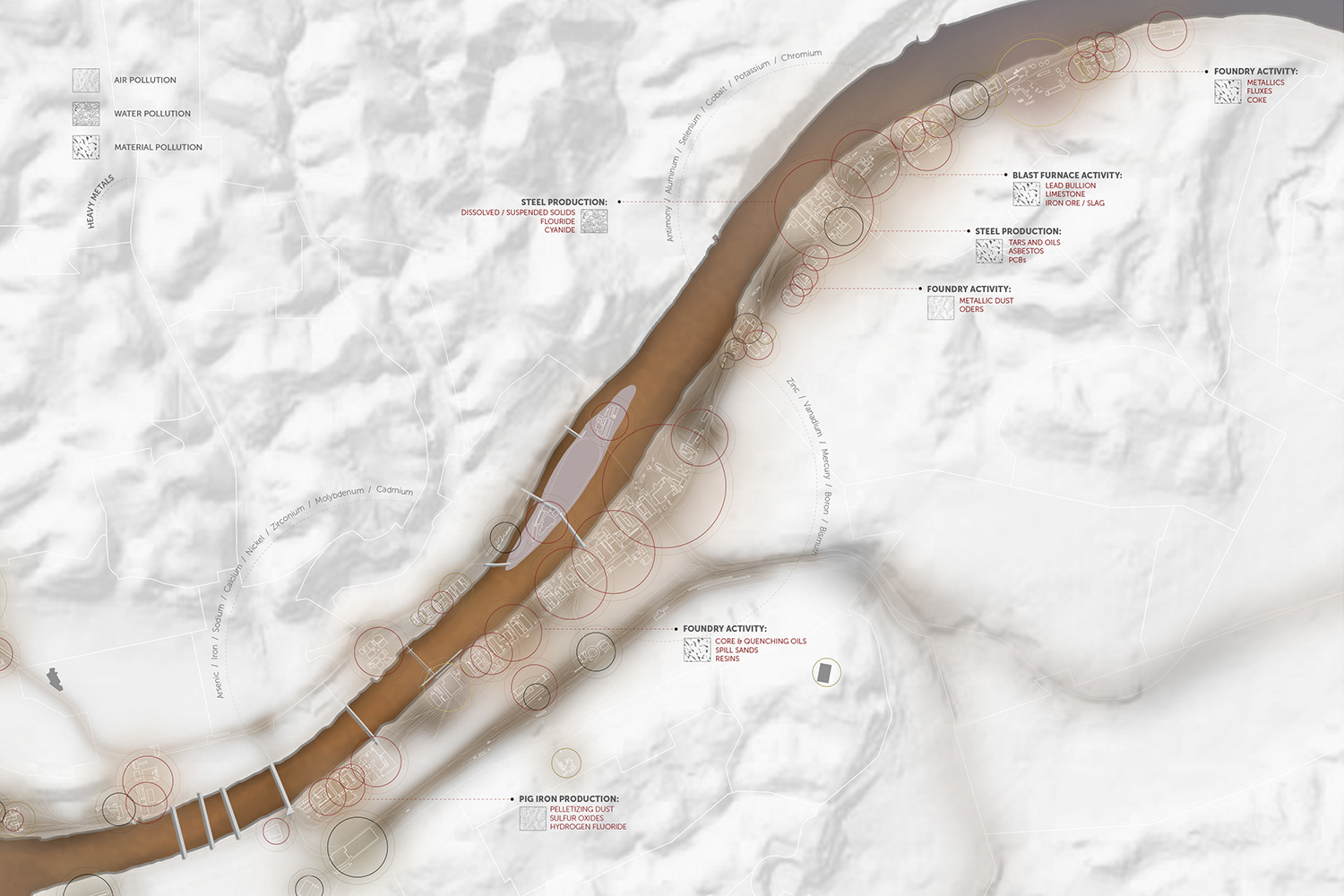
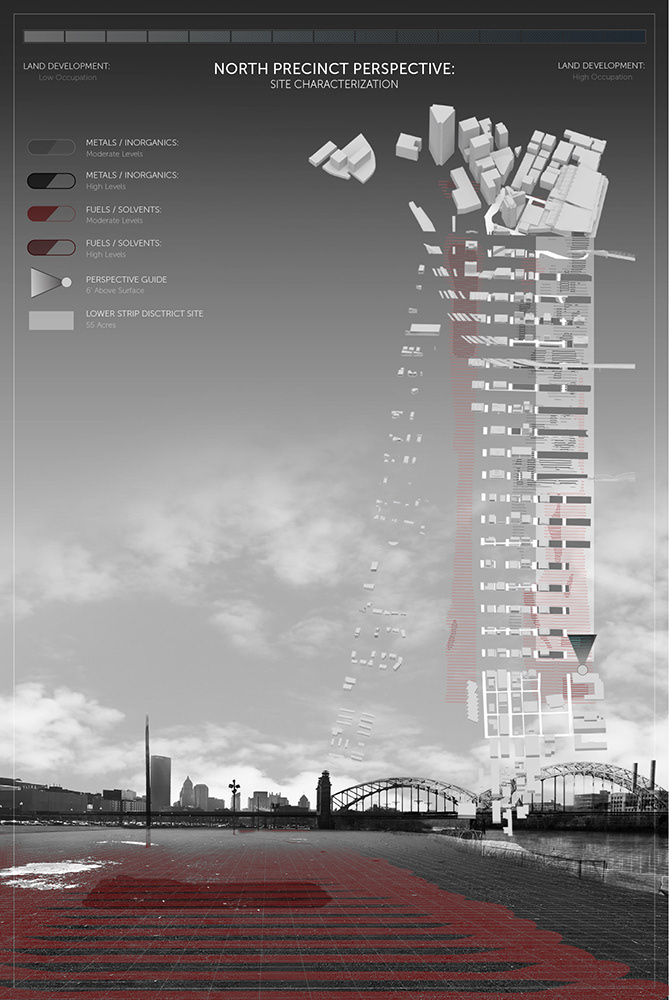


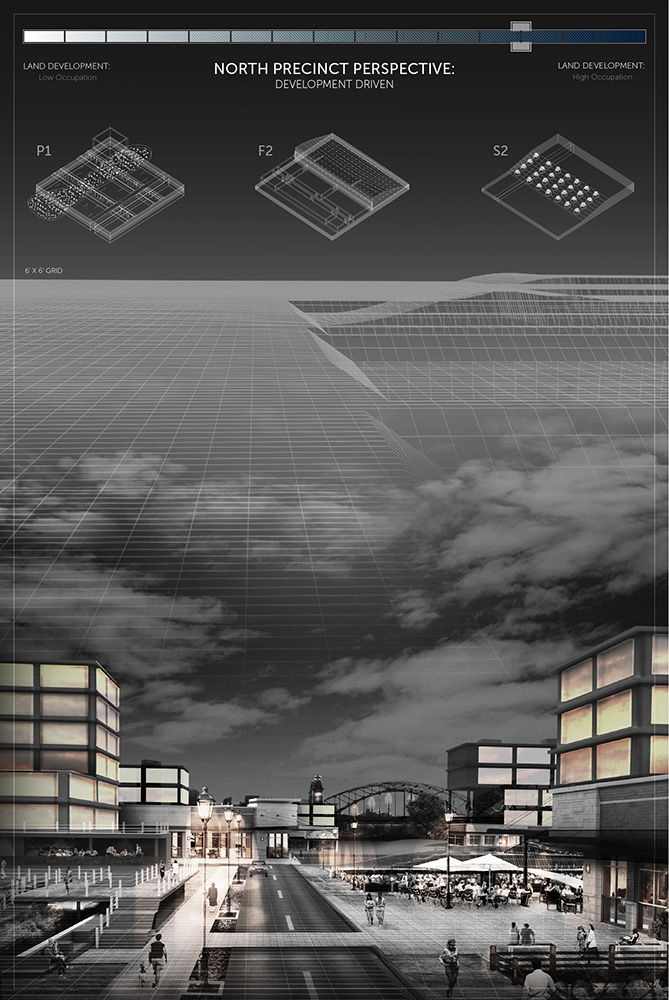
CREDITS
John Wray.